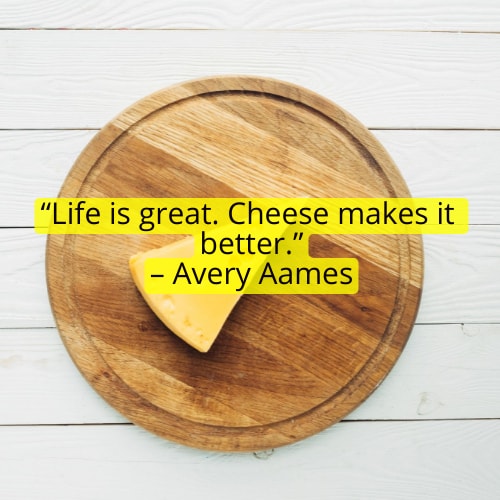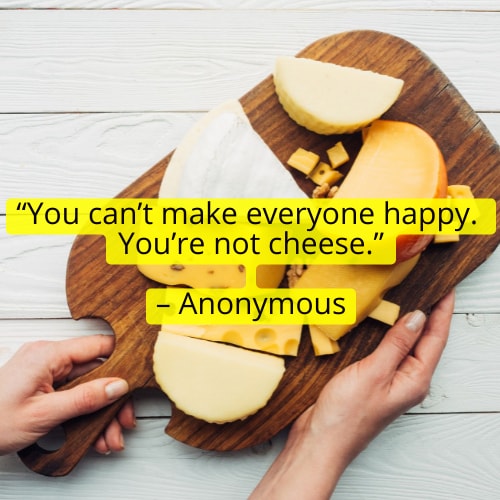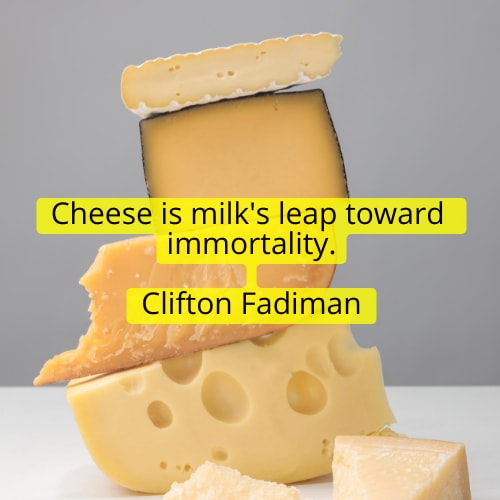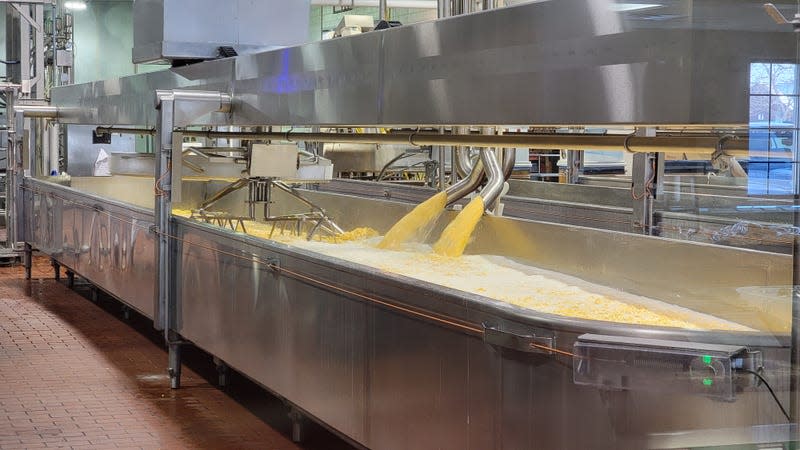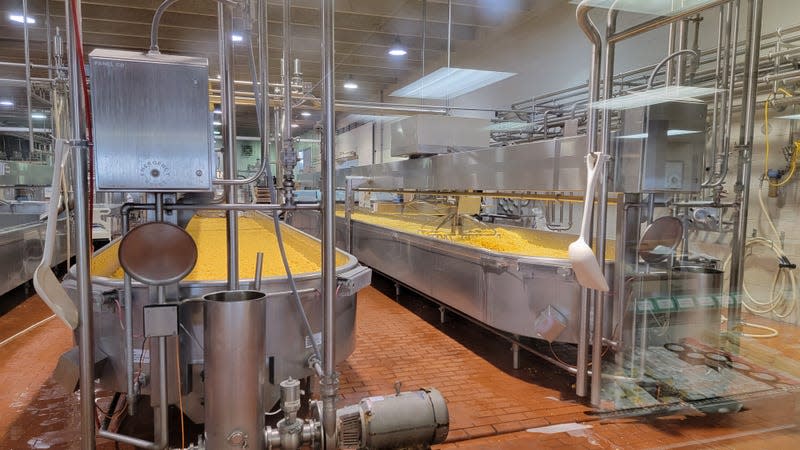The Secrets of How Cheese Curds Are Made
Photo: Josh Wussow
The universe can be a wonderful place, and cheese curds are here to prove it. Whether deep fried, covered in gravy, or skewered and stirred in a Bloody Mary, these delectable snacks are a hallmark of dairy-based comfort food. It’s hard to beat a fresh curd, still warm and straight from the source.
But have you ever halted halfway through your third bag, looked down at the curd in your hand, and wondered, “How did such a blessing come to be?” I have, and I’ve eaten enough of the darn things to fill the scoop of an end loader. After a bit of research and a trip to the local cheese factory, I’ve come away with some answers.
Read more
Photo: Josh Wussow
Cheese curds start with milk
In many cheese factories, the process begins by heating an open vat of fresh, pasteurized milk. Bacterial starter cultures are then added, along with a natural coagulant called rennet. This microbial compound can be derived in multiple ways (not all of them terribly appetizing), but most US-based cheesemakers use a fermenter-grown version derived from bacteria.
At this point, the mixture is agitated and heated. Curds start to form as the bacteria get busy, separating the fledgling cheese from the liquid whey. After a few hours (and once the chunks begin to firm), it’s time to drain the vats and start pressing the remaining moisture from the curds. Workers use large rakes or shovels to push the cheese against the sides of the vessel, allowing the liquid to run off.
Photo: Josh Wussow
Cheese curds are a manual labor of love
Here we get to the hands-on part, known as The Cheddaring. No, this isn’t the name of a dairy-themed horror film (although I’d totally watch that). It refers to the process of dividing and pressing the accumulated solids into small pieces, which gives rise to a bunch of fun phrases.
First, the cheese harp. This is the instrument used to cut the curds, after which they’re pressed together to form a slab, or cheese mat. These are then stacked…
..
